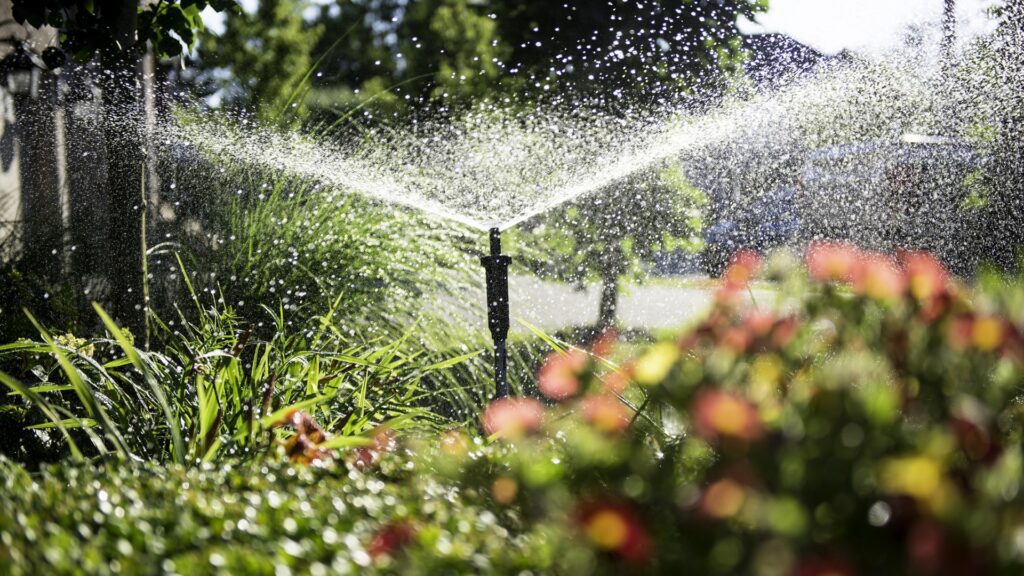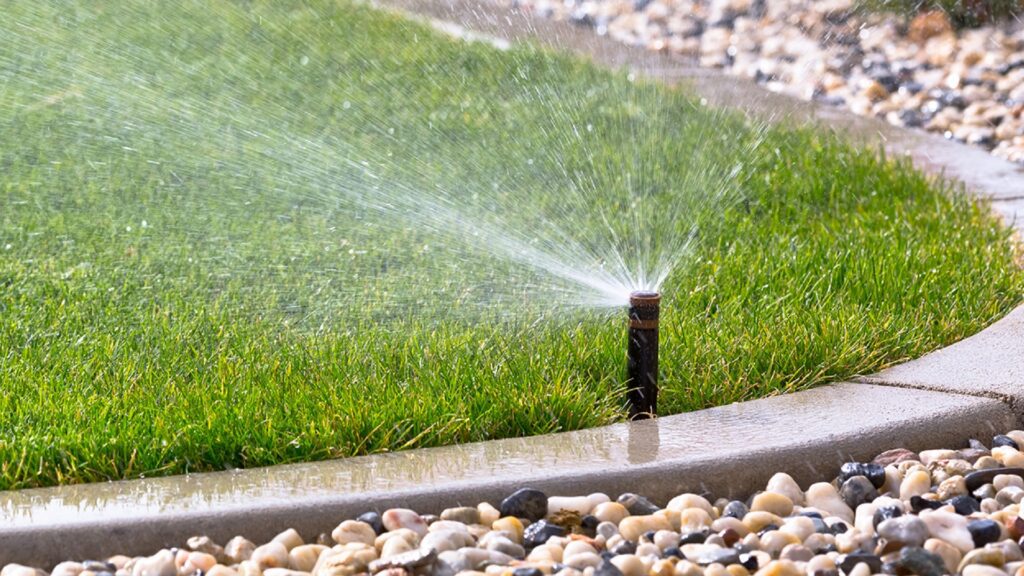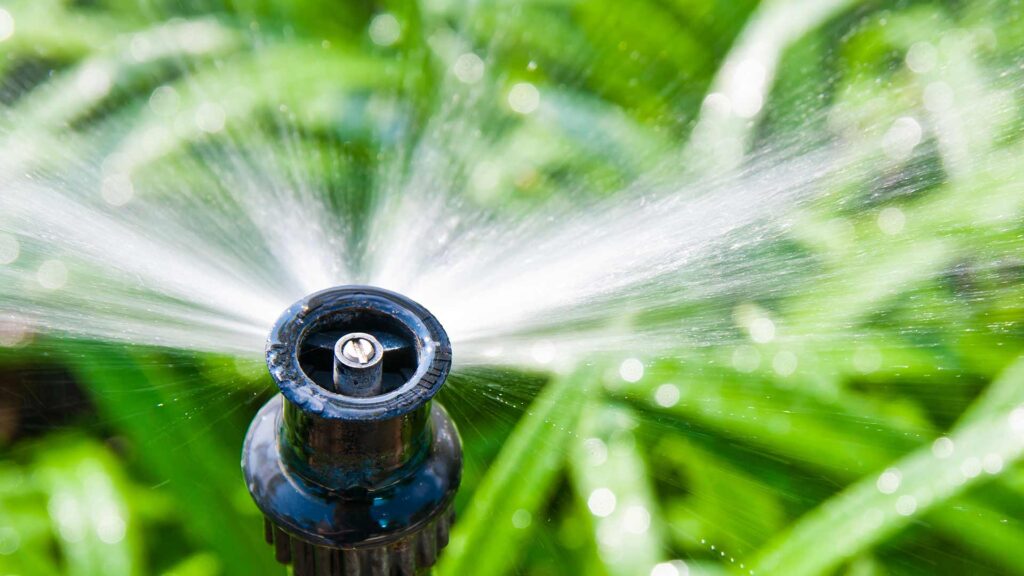
How to Winterize Sprinklers to Prepare For the Cold
When winter rolls around, we put away our gardening gloves for a while, and our sprinklers too.
However, to ensure your trusty irrigation system is ready for action when the weather improves, it’s important to take steps to winterize them.
How do you winterize sprinklers?
Winterizing sprinklers involves turning off the water supply and allowing the water to run out of them and reducing the water pressure in the system. All sprinklers have a different process for winterization though, so you should consult the manufacturer to find the right way to do it.
Learning how to winterize sprinklers is an essential skill for anyone who lives in colder climates and wants to protect them from the harsh weather.
Thankfully, it’s not hard to do and will ensure that your sprinklers are ready and raring to go once it comes time to get back into the garden.
Why Should You Winterize Your Sprinklers?
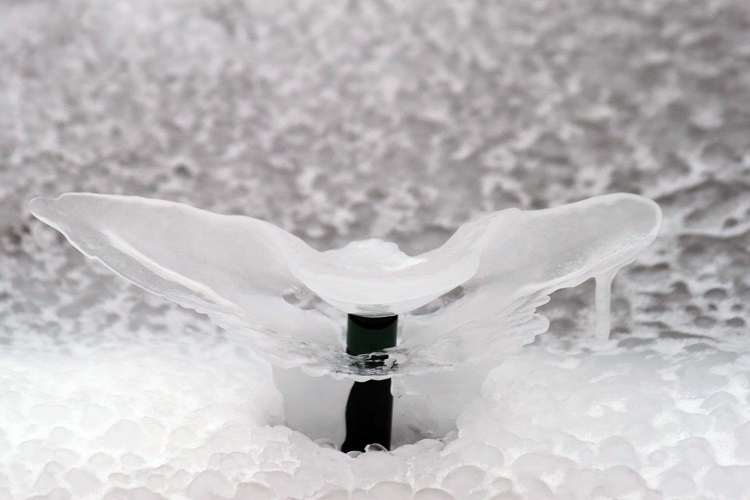
When the temperatures dip during winter, there’s a lot that can be affected in your garden, including your sprinklers.
If you live in an area where winter is more noticeable and the ground temperatures go below freezing, it’s essential to prepare your sprinkler system for the change.
The winterization process is fairly straightforward: you empty any excess water left behind in your sprinkler and insulate the sprinkler parts that are left in the ground.
Depending on the type of system you use, you might also have to adjust the timer or schedule so that it doesn’t attempt to turn on, or remove the wiring completely.
The multi-step approach ensures that nothing freezes over during winter and there’ll be no unexpected cracking and damage when you go to use your sprinklers again.
Not only is it effective, but the winterization process is simple, and there’s no good reason not to do it.
The Methods of Winterization

There are two main approaches to DIY winterization of your sprinklers if you’re happy to tackle the job yourself.
Depending on the sprinkler system you have and your abilities, it’s best to use the automatic draining method of winterization.
However, if you have a system that doesn’t support automatic draining or you prefer to do it by hand, a manual is ideal.
The third option is with something called the blow out method, and this isn’t recommended for home users or as a DIY job.
The process involves using compressed air to blow the excess water out of the pipes but it’s dangerous and should not be attempted by anyone who’s not a plumbing expert.
To determine what the best approach is for your sprinkler system, you’ll want to consult the owner’s manual.
Most manufacturers will have specific guidelines about how to winterize their products that should be your first point of reference when planning how you’ll do this job.
Simple Steps to Winterize Sprinklers
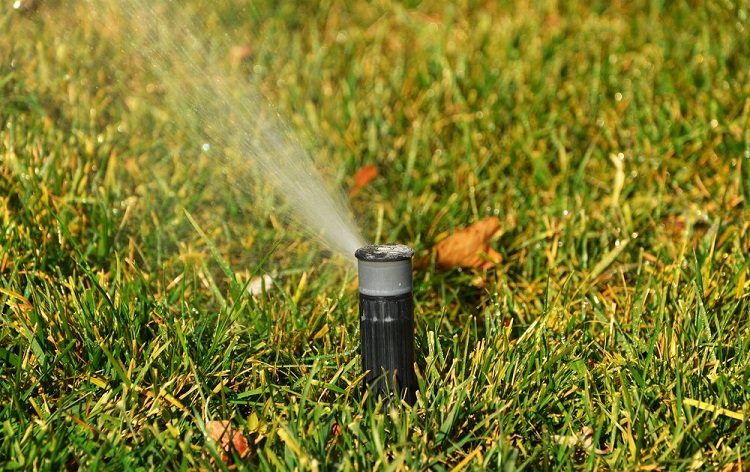
Regardless of the method you use, you should always begin by turning off the water supply at the main valve and turning off the backflow prevention valve.
If your sprinkler uses an automatic timer, this should be shut off as well.
Where possible, you should use the ‘rain mode’ setting that will keep it turned off during winter but still store all of your settings so there’s no need to reboot and set it all up again in Spring.
We’ve laid out the steps needed for both automatic and manual draining of your sprinklers to show you how straightforward it is.
Winterizing your sprinklers is an easy process that should be done at the end of fall or the beginning of winter, depending on when the temperatures start to reach freezing.
Automatic Draining
- Once the water has been turned off, turn on a sprinkler head as you would when watering the garden.
- Let the system release any excess water stored in the pipes and allow it to run for a few seconds once the water has finished running out.
- Turn off the controller when no more water runs out.
Manual Draining
- Turn off the water supply to the irrigation system, as well as turning off the sprinkler.
- Adjust the backflow preventer valve so it sits at 45 degrees.
- Use a screwdriver to adjust the test cock screws on the backflow lines so they also sit at 45 degrees.
- Turn on the garden faucet located next to the backflow so that it drains all of the water out of the line. If there are any drain screws at the end of pipes outside, release the water from these as well.
- Located the valve box and open the drain inside, letting the water drain out. Leave this open for the entire winter period.
- Find the area inside your house where the faucet or drain screw is, like the basement or crawl space, and open it up and drain the water.
- If you plan on having the sprinklers off for more than a few days, blow the water out of the pipes and turn off the system completely.
Further Steps to Take
Whether you use the manual or automatic draining method, you’ll also need to make sure the rest of the irrigation system is covered.
Make sure you insulate the backflow preventer pipes, main shut-off valve, and any above-ground pipes that are connected to the sprinklers, as well as remove anything from the ground in the yard during winter that can get frozen and damaged.
What Can Go Wrong if You Winterize Incorrectly
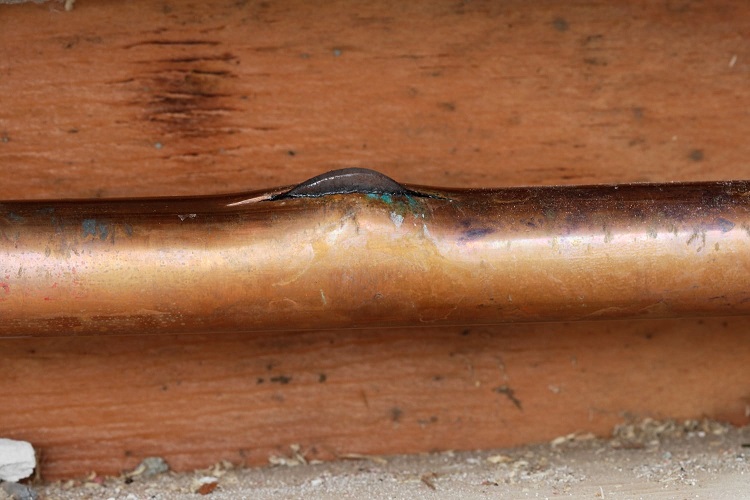
The winterization process is a must if you use an inground irrigation system for your garden, but you have to make sure you’re doing it right.
These are a few problems that can arise if you don’t follow through with winterization correctly.
- Pump burning out: Systems that use a controller and wires to activate a pump for the water supply can be at risk of activating during winter, even if turned off. If this happens, the pump will work too hard to deliver water where it’s not possible and will likely burn out or overheat. To prevent that, removing the wires entirely is recommended during winter.
- Pipes cracking: Allowing any water to make its way into your sprinkler system during winter will cause it to turn to ice and then expand. Any ice that forms in the pipes and expands will likely crack them and cause water to leak out, needing an expensive repair.
- Safety risks: Some forms of winterization are detailed and potentially dangerous and there are certain sprinkler systems that require professional assistance. If you’re unsure about what you’re doing or it seems unsafe, don’t be afraid to call in an expert for winterization services.
- Not insulating everything: To winterize correctly, you need to insulate all parts of the sprinkler system and not just those connected to the ground. Check through all components of the sprinkler including the main shut-off valve and above-ground piping and ensure they’re insulated effectively as well.
Spring Ready Sprinklers
You can ensure your sprinklers are ready for spring and with no risk of being damaged when you commit to winterizing them.
Just like all aspects of gardening, a little bit of effort before winter hits will result in healthier and happier lawns when it’s over, so come up with a plan to winterize your sprinklers.
Related Questions
In the winter, gardening looks a little different, but there’s still a lot we can do to prepare for the drastic change in weather.
If you have questions about gardening during the colder months and want to find out more, read on for some FAQs that might be able to help.
What Vegetables Can You Grow in Winter?
Winter-friendly vegetables that will still survive in cold temperatures include collars, spinach, kale, broccoli, radishes, and turnips.
The suitability of these plants will depend on your location and climate, so you’ll have to assess your garden before you come up with a winter planting schedule.
Can You Mow Your Lawn in Winter?
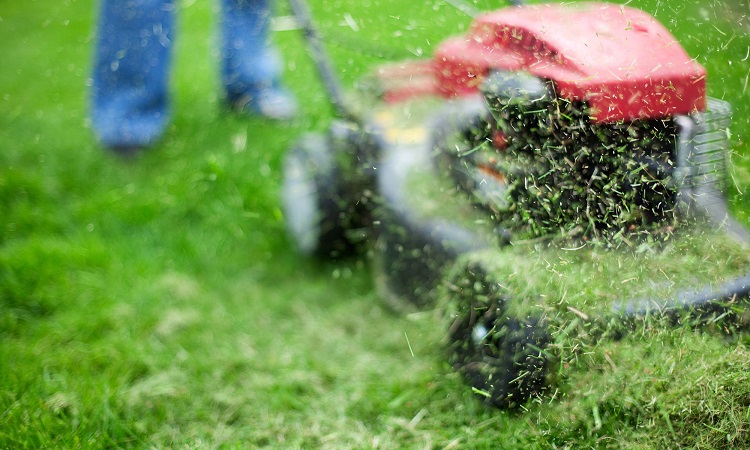
The grass on your lawn will still require mowing over winter, but you should cut it less frequently and leave the grass higher than you do in warmer months.
When there’s been recent snow or ice coverage there’s no need to mow, so it should be performed on a case by case basis and when the ground is dry.
Do Most Weeds in Die in Winter?
While it’s true that most weeds will die off in winter without access to water and sunlight, they will leave behind seeds and flowers that can help them emerge in spring.
Regular weeding and prevention treatments are the only way to ensure that your garden is free from weeds in spring.
Resources:
